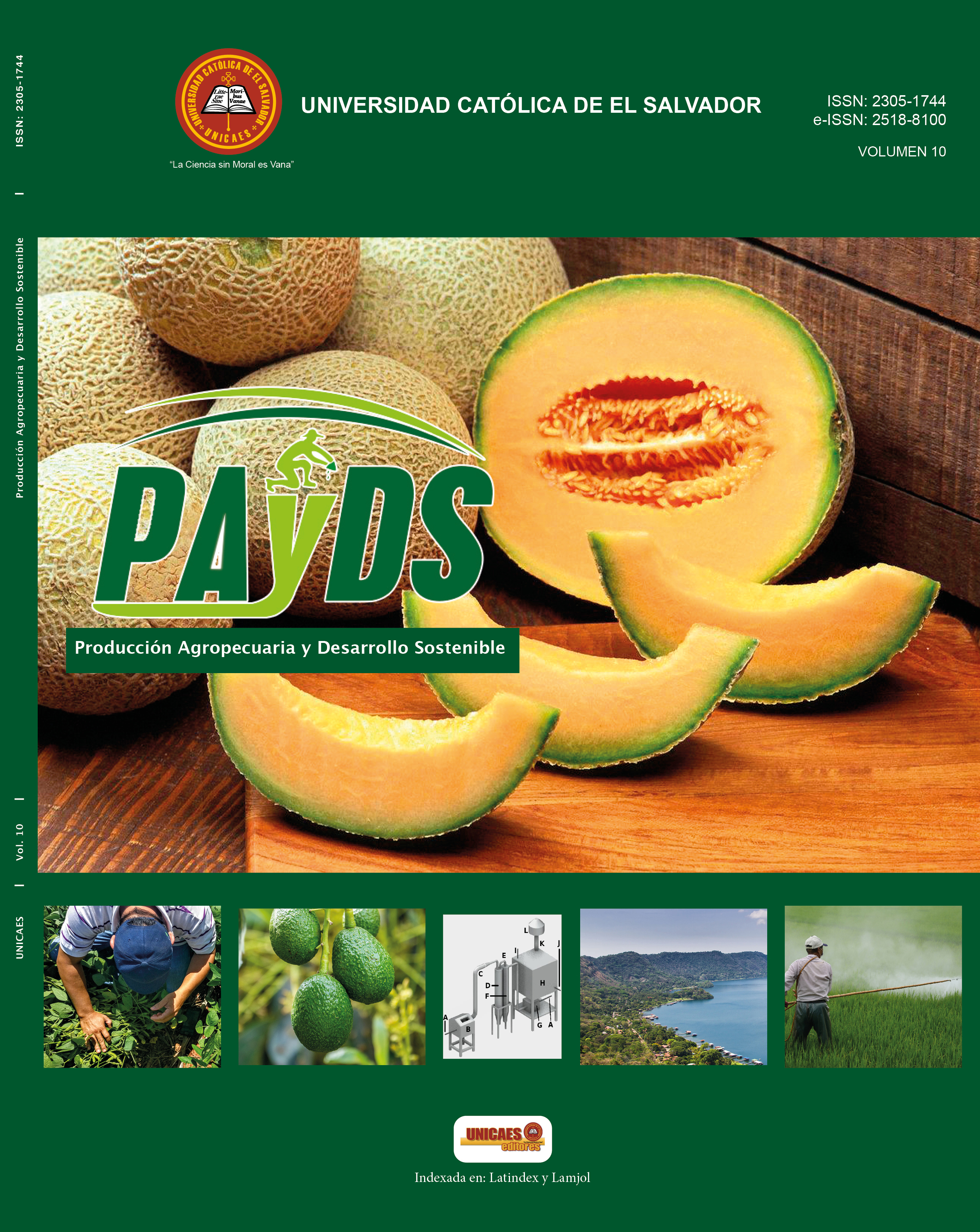Design and testing of a modular incinerator for infectious waste from small and medium institutions belonging to the health system in El Salvador
DOI:
https://doi.org/10.5377/payds.v10i1.13346Keywords:
Bioinfectious waste, hospital hygiene, disposable products, COVID-19, pandemicAbstract
One of the many difficulties, which has had to be faced to face the COVID-19 pandemic, is the correct final disposal of solid hospital and commonly used waste, such as used masks, gloves and syringes. In response to this situation, a low-cost incinerator was designed to reduce these types of polluting materials through temperatures above 900 ° C, as recommended by the conceptual standard of the United States Environmental Protection Agency (EPA).
The incinerator was built from independent modules for its combustion and post-combustion chambers, precipitation chambers, exhaust gas cooling chamber and chimney with gas filter and catalytic converter. Test burns were carried out to collect data on the temperature in the chambers, the incineration time and the flow of gases in the burners, which injected a mixture of propane gas and air. As a result, the times for complete incineration were approximately 50 minutes, at temperatures close to 1000 ° C, operating with a gas mixture in the burners with a flow rate of 2 liters per minute. Such flow was the result of maintaining a regulated pressure of 7 pounds per square inch (PSI) of propane gas and 4 PSI of air. It was proven that the incinerator can efficiently reduce common and hospital waste, due to its medium size and modular design, it can be transported and installed with relative ease in any health facility.
Downloads
483
Downloads
Published
How to Cite
Issue
Section
License

This work is licensed under a Creative Commons Attribution-NonCommercial 4.0 International License.
© Producción Agropecuaria y Desarrollo Sostenible
Copyright of the articles is transferred to the journal Producción Agropecuaria y Desarrollo Sostenible
As a user of this journal, you have:
- Open access to consult the information contained in this issue
- Permission to copy, distribute, display, perform or combine past practices in the use of information, provided it is strictly non-profit.
This journal uses a CC BY-NC license





